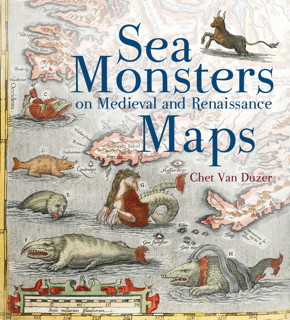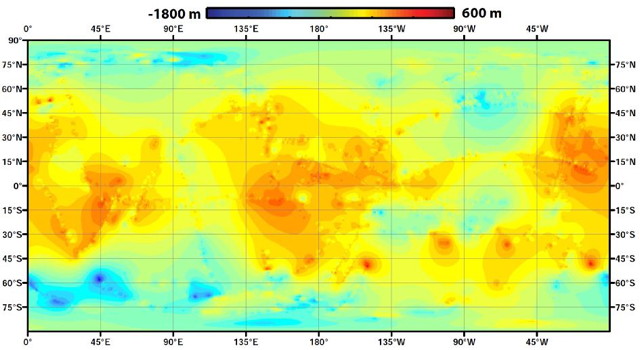 Briefly noted: A Renaissance
Briefly noted: A Renaissance
Globemaker’s Toolbox: Johannes Schöner and the Revolution of Modern Science, John Hessler’s biography of German priest, astronomer and mathematician Johannes Schöner (1477-1547), an early globemaker who, among other things, created the first printed celestial globe gores as well as globe gores for Martin Waldseemüller’s world maps.
The survival of Schöner’s notes and annotations is unique in the history of cartography; not only do they show his thinking about theoretical and practical geography, but they also reveal the art of mapmaking during his lifetime. John Hessler discusses Schöner’s opinions on the canonical geography of Ptolemy, his reaction to the new discoveries of Columbus and Vespucci, and his involvement in the new astronomy of Copernicus. Schöner’s surviving notebooks, manuscripts, and associations with other scientists of the period offer unprecedented insight into the history of these materials, and into the geographical and astronomical concerns that fuelled the birth of modern science development during this critical period in its development.



